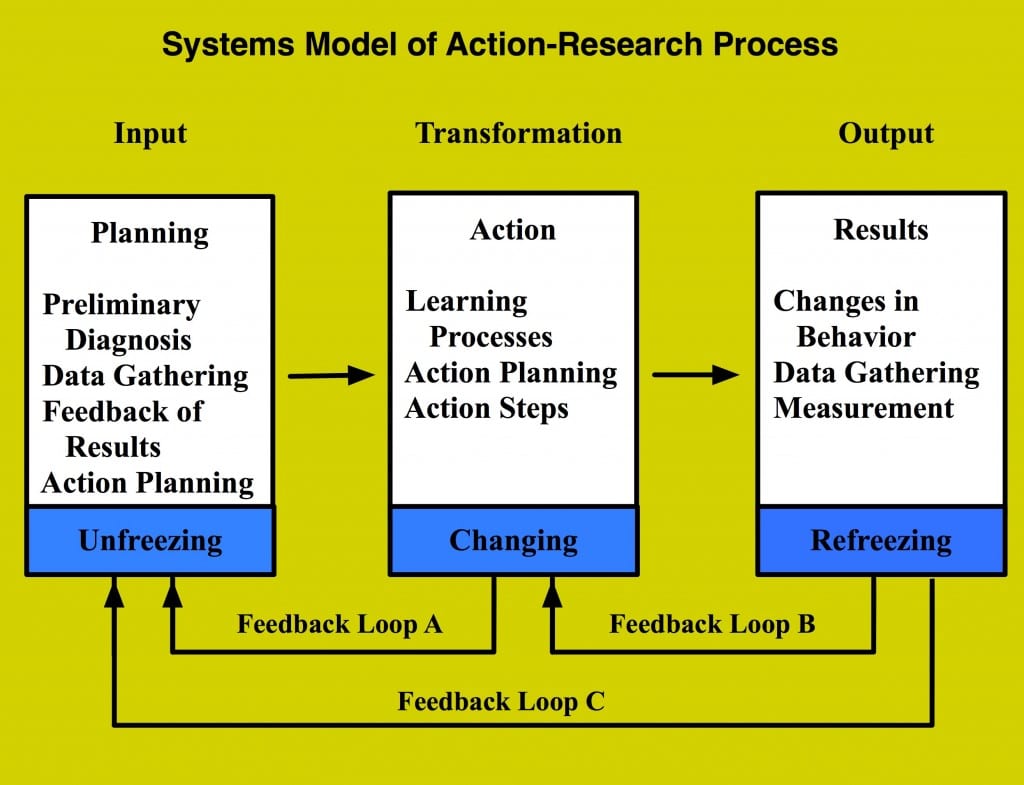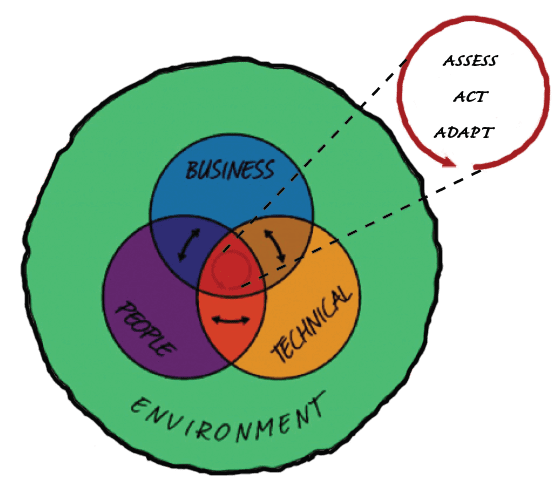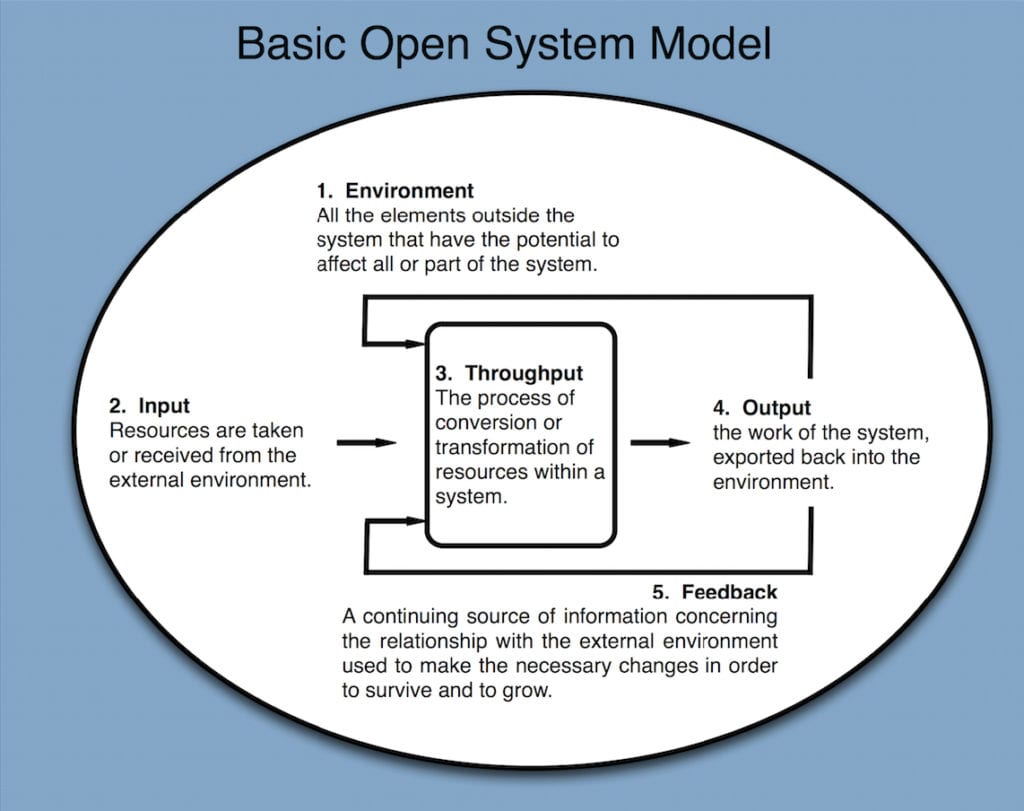In 1990, Peter Senge wrote a seminal article on leadership and what it takes to build an organization capable of continuous learning. Those of us researching for current best practice might bypass this potentially dated information, but have a look at some of his tips and see if much has changed in the ensuing 24 years.
1. Increase adaptability
HUMAN BEINGS are designed for learning. No one has to teach an infant to walk, or talk, or master the spatial relationships needed to stack eight building blocks that don’t topple. Children come fully equipped with an insatiable drive to explore and experiment. Unfortunately, the primary institutions of our society are oriented predominantly toward controlling rather than learning, rewarding individuals for performing for others rather than
for cultivating their natural curiosity and impulse to learn. The young child entering school discovers quickly that the name of the game is getting the right answer and avoiding
mistakes — a mandate no less compelling to the aspiring manager. Peter Senge
The key in organizational life is to nurture everyone’s natural curiosity and love of learning. This formula enables rapid skill development and continuous exploration while growing an organization’s collective genius. These outcomes allow for rapid adaptation to our existing iVUCA (interconnected, volatile, uncertain, complex and ambiguous) environment. Interestingly, the key to organizations surviving 75 years or longer is their ability to experiment and continually explore new opportunities.
2. Lead by designing not controlling
Our prevailing system of management has destroyed our people. W. Edwards Deming
Leadership or stewardship encompasses the creation and design of shared purpose, vision, values and strategies. These foundational aspects of an organization are then brought to life through the collaborative design of structures, systems and processes that coordinate and optimize available resources. When individual personal visions are brought together into a collective organizational vision, inspiration and caring combine to feed its vitality and realization.
3. Test mental models
For well over a decade, North American manufacturers faced the ‘low cost–high quality’
demand from consumers without realizing that many international firms chose to improve
both quality and cost, thereby not limiting themselves to an either-or choice.
Just as a control-based management system destroys people, so may other world views that are assumed to be right rather than validated. Assumptions, generalizations and existing beliefs and perceptions (our mental models) are the greatest challenge to innovative ideas and design. Continuously testing and challenging existing mental models — centralized leadership, hierarchical bureaucracies, networks of teams — minimizes any gaps between theory and best practice.
4. Be a systems thinker
As depicted in the image at the start of my blog, organizations are organic systems and, as such, a change in one system (technical) will impact all the other systems (social, business, environmental, etc.). When considering changes — implementing technology, downsizing, shifting culture, initiating new streams of business — the redesign must assess and address the whole organization not just the function where the change may appear to be most visible.
5. Seek to create source-based solutions
Steer clear of symptomatic quick fixes such as the latest management trends or blaming people’s performance when in fact the systems are poorly designed. Getting to the root cause of challenges requires systemic analysis that evolves enduring solutions. The collective learning that takes place is integrative not just linear.

http://en.wikipedia.org/wiki/File:Systems_Model_of_Action-Research_Process.jpg
http://www.moderntimesworkplace.com/about_us/cprojectabout_us.html
As you consider your own workplace, what tip might you lead your organization through to enhance your and its learning and leadership?
For more on learning, leadership and whole system design, click here.






